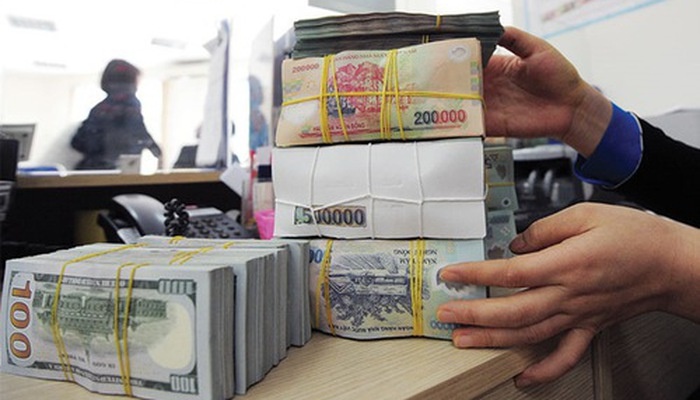Vietnam: Debt trading interest creates call for new framework
New legislation is needed to secure the future of debt trading – and with prudent tweaks to the current regime, Vietnam could open up the market for retail trading on its newest platform, bringing together banks and investors.
Vietnam’s very first debt exchange platform was launched in mid-October by Vietnam Asset Management Company (VAMC) to lay down the foundations for the legal trading of distressed assets on a larger scale.
The platform has been joined by around 30 members so far, with the majority being debt trading companies backed by commercial banks, despite unresolved legal issues.
VAMC chairman Nguyen Tien Dong said, “Supply to the trading floor comes from two major sources: debts purchased by VAMC at market price, accounting for around VND2 trillion ($86.96 million), and non-performing loans (NPLs) purchased by special bonds, worth about VND100 trillion ($4.35 billion) in total.”
“On the first day of operation, we signed a contract for a debt value of VND5 trillion ($217.4 million) with a credit institution,” Dong said.
The National Assembly’s Resolution No.42/2017/QH14 has been the guiding regulation for the settlement of bad debts of credit institutions. However, as the resolution will expire in 2022, there is pressing need for a new law to ensure clarity and address the shortcomings of the current regime – and unlock bad debts trading on a larger scale.
To this end, the State Bank of Vietnam (SBV) has proposed adding the provisions of Resolution 42 into a new law, since it has been effective in settling the NPLs or bad debts of credit institutions: from August 15, 2017 to June 31, 2021, nearly VND360 trillion ($15.65 billion) of bad debts were handled. The number of customers actively paying their debts has reached 38.5 per cent, a distinct improvement from the 22.8 per cent pre-Resolution 42 (2012-2017).
Trinh Thai, analyst at SSI Securities Corporation, noted that due to COVID-19, bad debts on the balance sheet of credit institutions rose in the first half of this year to 1.73 per cent from 1.69 per cent at the end of 2020. Adding unresolved debts sold to VAMC, other potential bad debts, and debts that had not been reclassified under Circular No.01/2020/TT-NHNN included, this ratio was 7.21 per cent – all of which could catch up with the economy in H2/2022 or H1/2023, depending on extensions given by the SBV.
Kent Wong, partner and head of Banking and Capital Markets at VCI Legal, said a stronger legal framework is necessary for debt trading, covering debt securitisation and other NPL-type debt instruments.
“One of the biggest problems when dealing with bad debts is the handling of collateral,” he added, as Resolution 42 provides credit institutions with the right to seize securitised assets, but does not provide legal recourse when debtors do not cooperate.
At the same time, most debts are collateralised by real estate, according to Wong, but foreign investors do not have a right to own a security interest or mortgage interest in land use rights under the Law on Land 2013, unless the property is in a commercial housing project with a foreign quota, and is not on the conditional list, according to the Law on Housing 2014.
“Addressing these issues would open the market for retail investment in debt trading and boost the VAMC’s new debt trading platform substantially,” Wong said.
Source: VIR


 Thailand
Thailand




